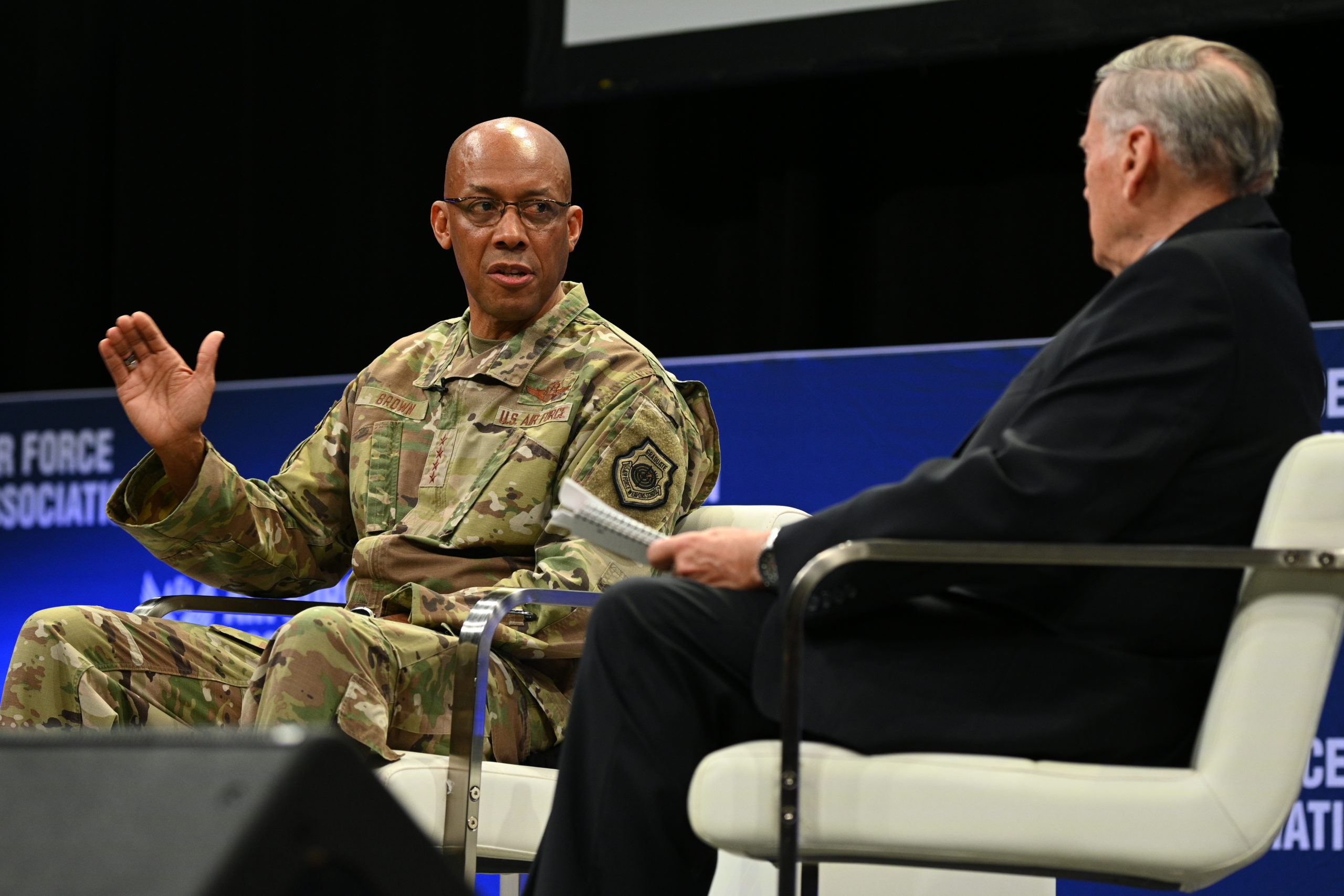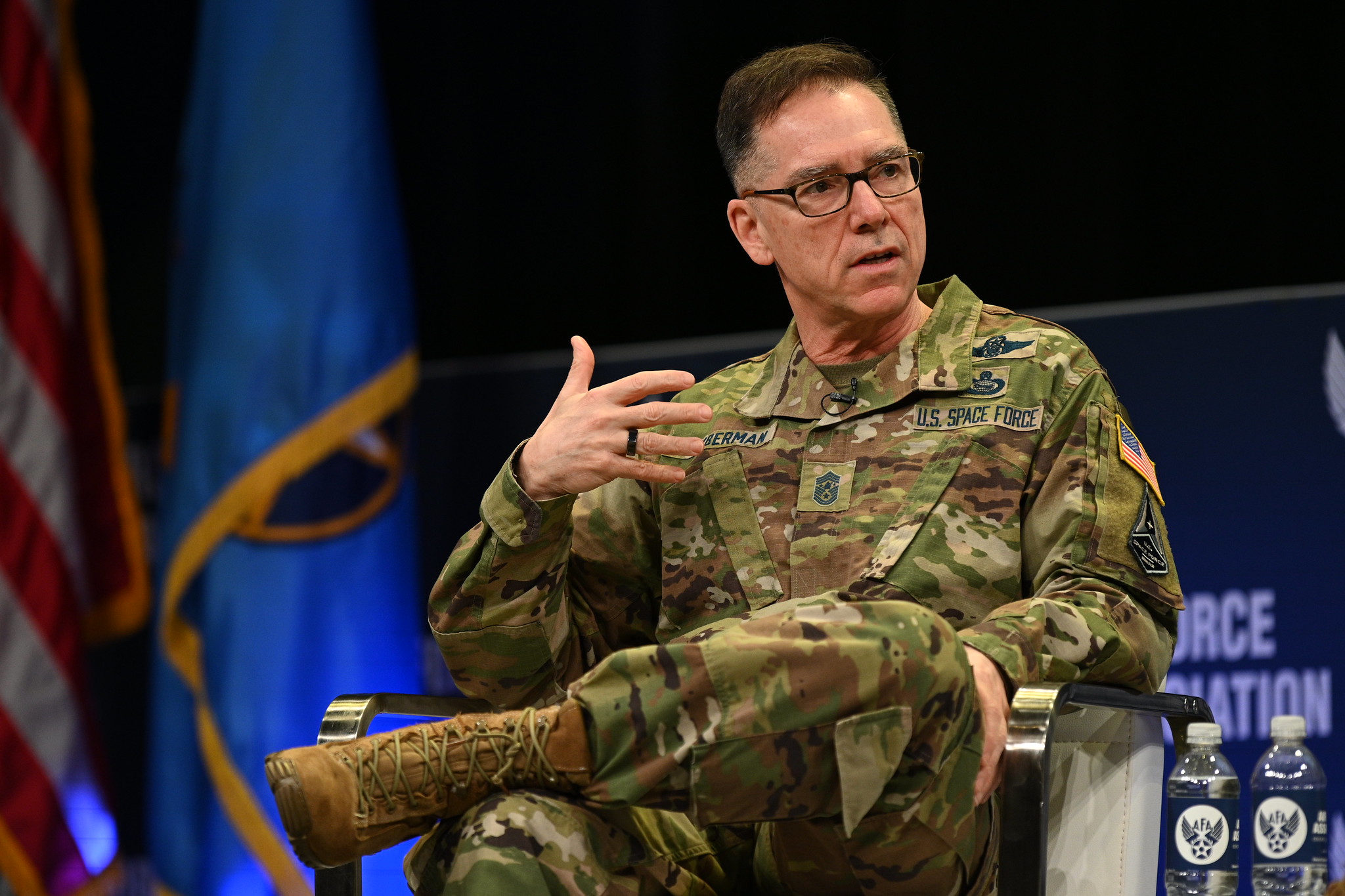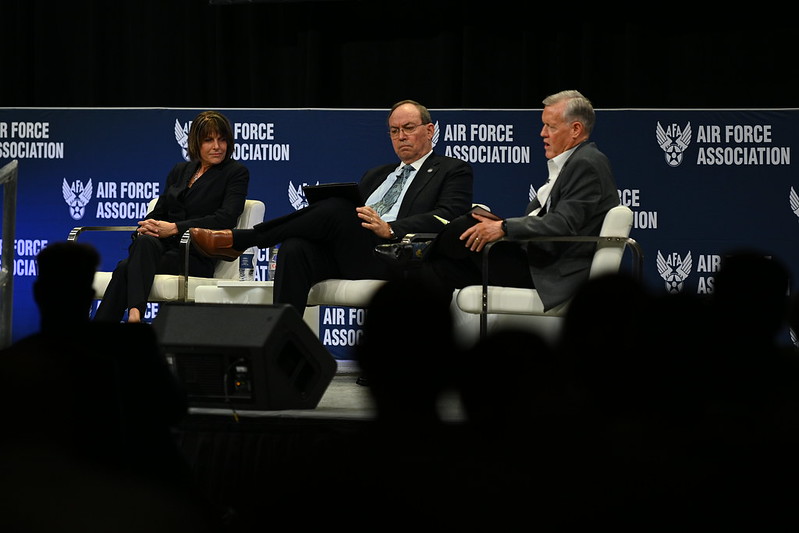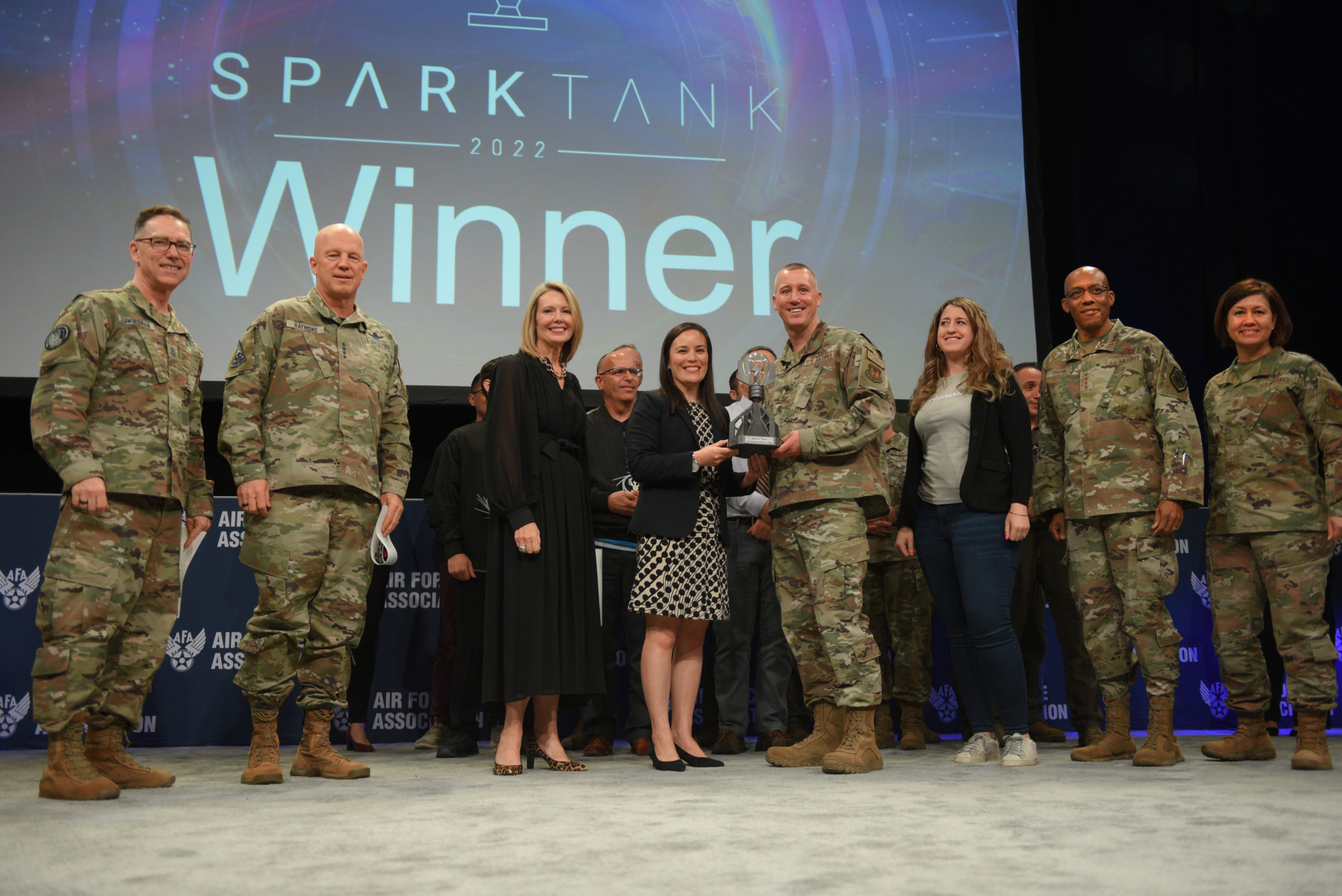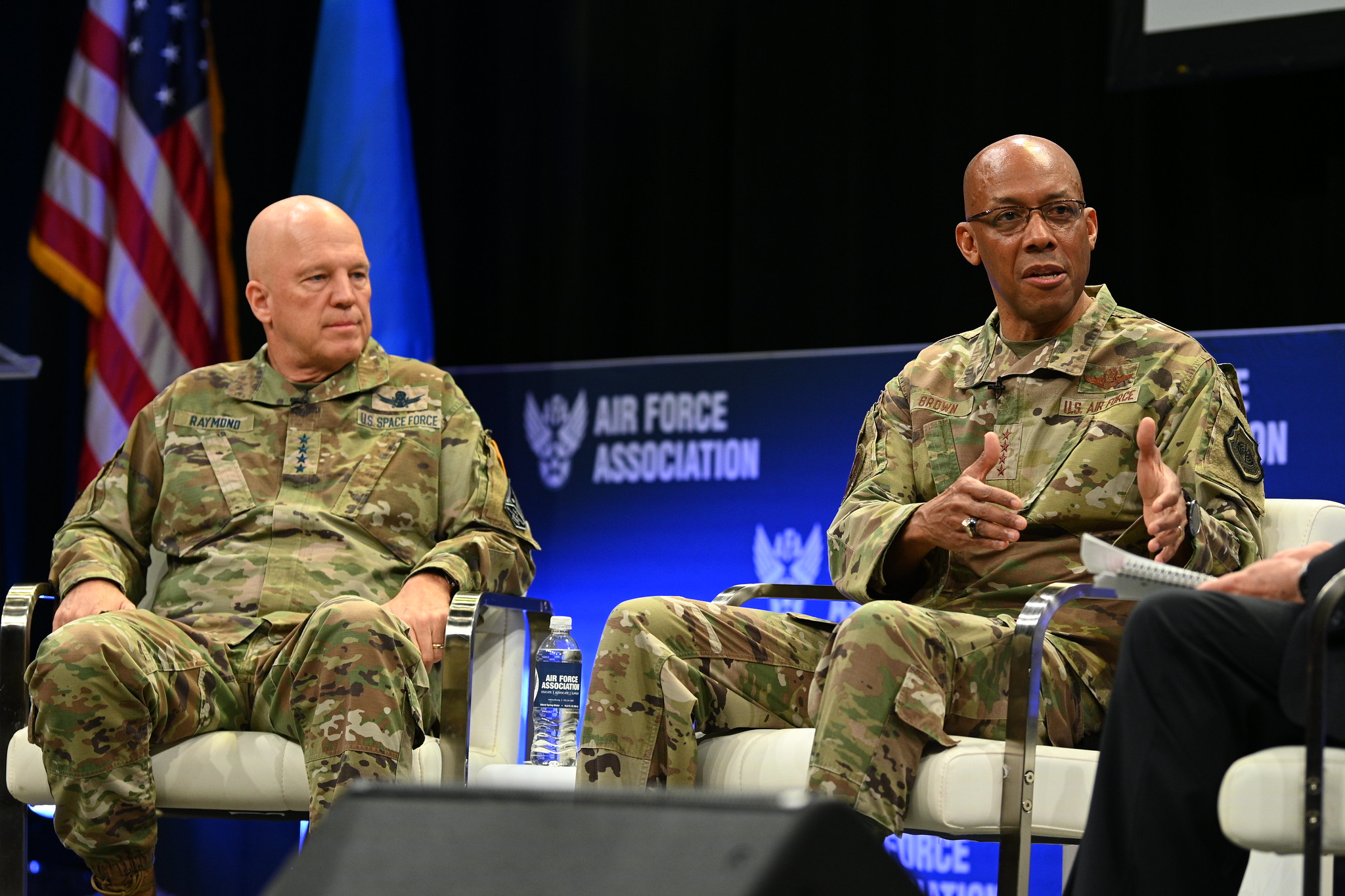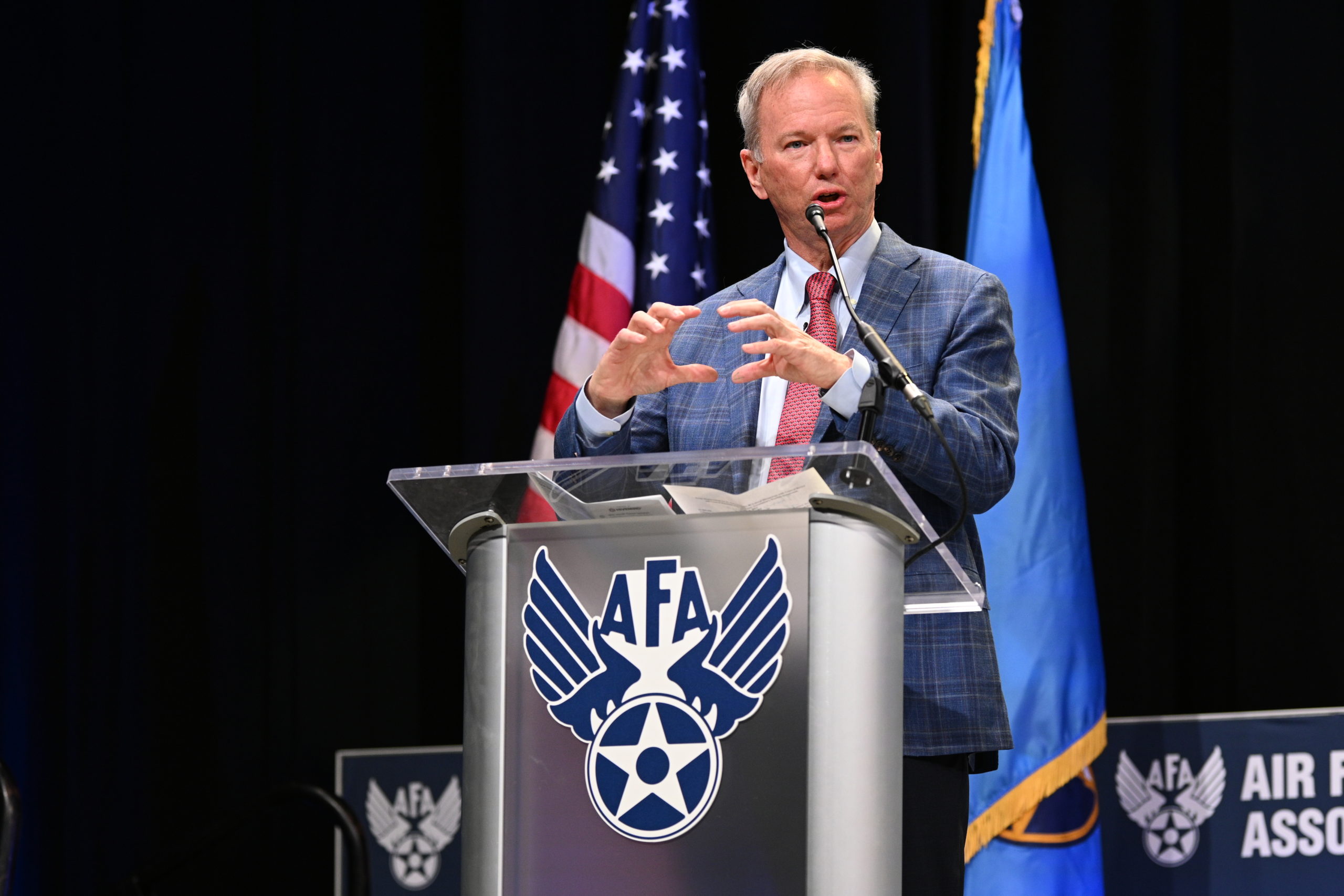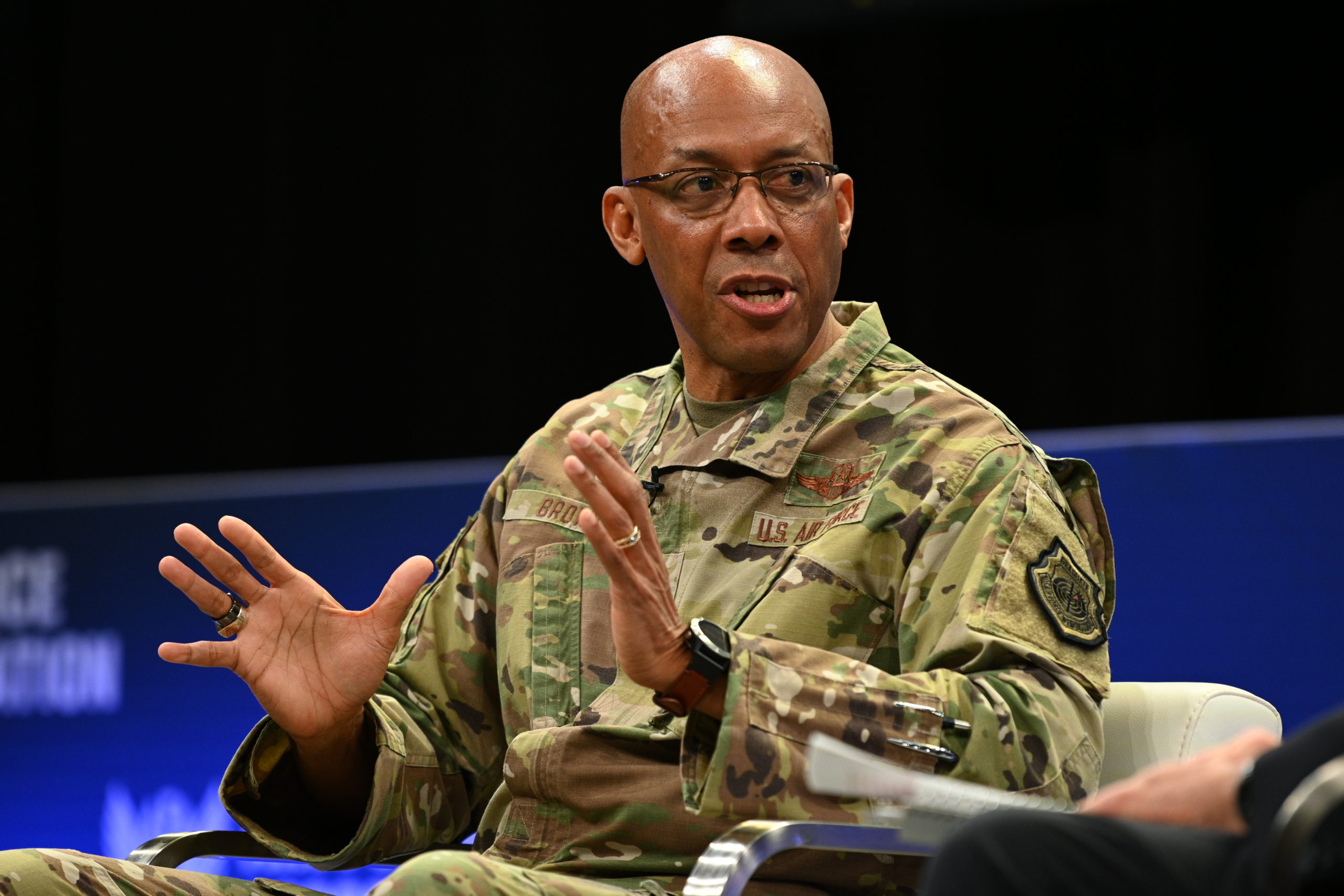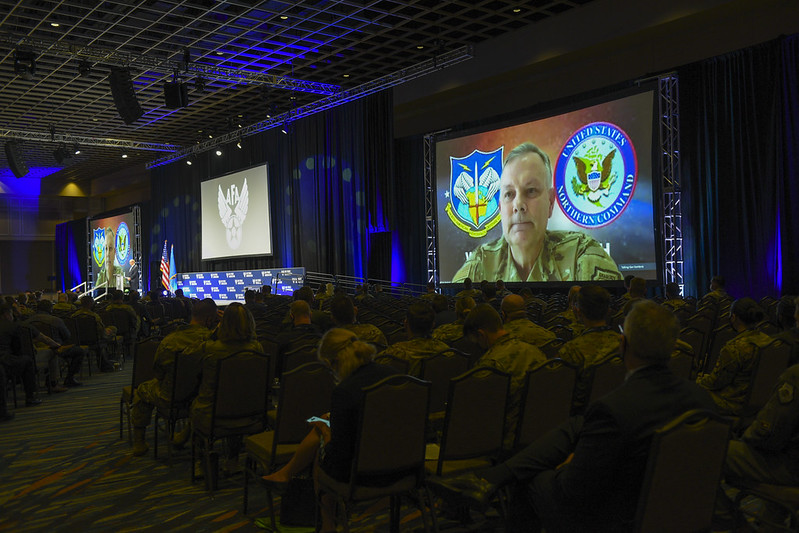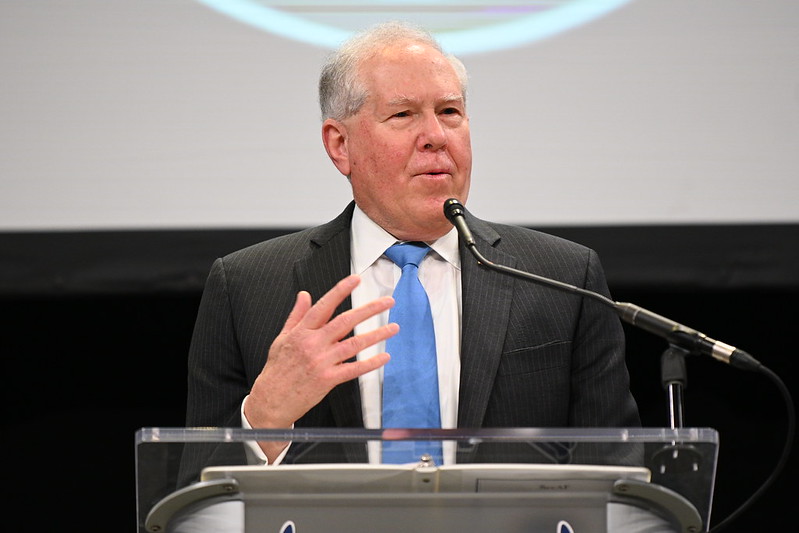It’s been more than a year and a half since Gen. Charles Q. Brown Jr. ascended to the role of Air Force Chief of Staff, and in that time, he’s repeatedly said he wants to transform the service in bold ways to make it ready for the future.
Speaking at the AFA Warfare Symposium in Orlando, Fla., however, Brown admitted his efforts have run into a familiar Pentagon problem: bureaucracy.
Brown previously tried to target the Air Force portion of the sprawling Defense Department bureaucracy as part of his series of Action Orders—issued in December 2020. The orders detailed what Brown believed needed to be done to implement his mantra of “Accelerate Change or Lose.”
Modifications to those action orders were released in February, and included a candid assessment of Action Order B, focused on bureaucracy.
“After over a year of analysis and work, significant progress on this action order has proven elusive,” the order reads. “More specifically, current Air Staff decision-making remains cumbersome, slow, allows ‘soft vetoes’ without accountability, and prioritizes compromise and consensus over decision quality. Mired in hierarchical processes and content with the status quo, the Air Staff must adapt to mission command and collaborative approaches to address the 21st Century threats and competitive strategic environment.”
In a March 3 media roundtable, Brown detailed just how bureaucracy has been hard to kill, despite the Action Order.
“I knew bureaucracy was going to be hard. I guess I’m not completely surprised because people don’t like change,” Brown said. “And I think the challenge we also had, because of COVID … [with] not everybody there in the office, you don’t have that dialogue that goes back and forth.”
A team tasked with implementing the Action Order was organized under Lt. Gen. S. Clinton Hinote, deputy chief of staff for strategy, integration, and requirements. But looking back now, Brown said, that team didn’t have “enough horsepower behind them to be able to do the things we needed them to do.”
Now, the team has been moved under Vice Chief of Staff Gen. David W. Allvin, “so he has the visibility and he can actually drive things,” Brown said.
As part of the modified Action Order, Brown also pledged “radical transparency,” and in pursuit of that, called for the Air Staff to “ensure wide dissemination [and] provide clear understanding of CSAF intent” of key decisions and documents.
That will start with memos from Brown detailing decisions made and priorities set—it’s necessary, he said, because final decisions aren’t always treated as such.
“When a decision occurs, if you weren’t in the meeting, how do you know that decision happened? Because too often what I found is, there’s a decision made and then the staff determines we want to actually re-litigate the decision, because they … may or may not have agreed with the decision in full,” Brown said.
Having memos laying out records of decisions will decrease uncertainty and speed up the actual implementation of those decisions, Brown predicted.
“I’ve had examples of ‘You want to explore the decision that the Chief’s already made.’ Well no, we’ve already made a decision,” Brown said. “Now it’s time to explore how we implement it.”
As part of the decision making process, Brown added, he welcomes different perspectives and arguments—he just wants them to be voiced publicly, not in the so-called “meeting after the meeting” when staffers will share thoughts in smaller groups.
“I’m gonna have the meeting after the meeting, in the meeting. If you have a difference in opinion, don’t hold it,” Brown said. “Speak now or forever hold your peace, because we’re going to move out on some of these.”
In pursuit of that, the modified Action Order directs the Air Staff to primarily use Microsoft Teams for unclassified collaboration and meetings, with email, conference calls, and in-person meetings as backups. Using Teams, Brown said, will allow more voices into meetings and hopefully encourage more discussion in the moment.
Still, the challenge remains daunting.
“I think, of all the action orders, this will probably be one of the most challenging ones, because it’s a cultural shift,” said Brown. “But I think we’ve got to do this in order to make decisions faster and really flatten communication across the staff and really across the Air Force.”
